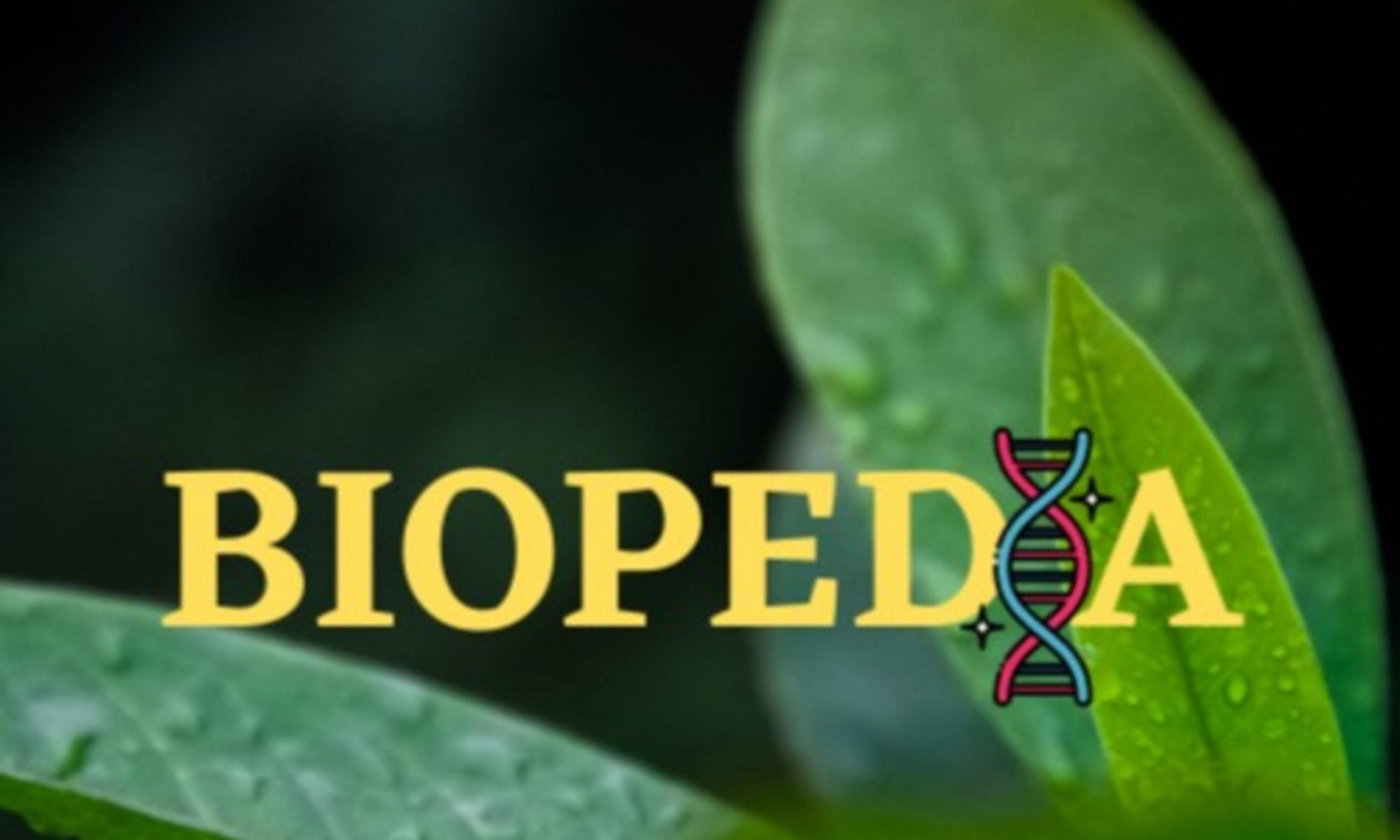The Black Death in the 14th century is engrained in the popular consciousness. But how familiar is the first wave of the disease that happened in the 500s? In this episode, we explore what plague is, its evolution, strains and impact on the world of the 6th century according to Procopius.
Sources for this episode:
- Achtman, M., Zurth, K., Morelli, G., Torrea, G., Guiyoule, A. and Carniel, E. (1999), Yersinia pestis, the cause of plague, is a recently emerged clone of Yersinia pseudotuberculosis. Proceedings of the National Academy of Sciences of the United States of America 96(24): 14043-14048.
- Dai, R., He, J., Zha, X., Wang, Y., Zhang, X., Gao, H., Yang, X., Li, J., Xin, Y., Wang, Y., Li, S., Jin, J., Zhang, Q., Bai, J., Peng, Y., Wu, H., Zhang, Q., Wei, B., Xu, J. and Li, W. (2021), A novel mechanism of streptomycin resistance in Yersinia pestis: Mutation in the rpsL gene. PLOS Neglected Tropical Diseases 15(4): e0009324.
- Dewing, H. B. (1960), Procopius in Seven Volumes. Volume VI: The Anecdota or Secret History. Cambridge, Massachusetts and London: Harvard University Press and William Heinemann Ltd.
- Dewing, H. B. (1961), Procopius in Seven Volumes. Volume II: History of the Wars: Books III and IV. Cambridge, Massachusetts and London: Harvard University Press and William Heinemann Ltd.
- Dull, R. A., Southon, J. R., Kutterolf, S., Anchukaitis, K. J., Freundt, A., Wahl, D. B., Sheets, P., Amaroli, P., Hernandez, W., Wiemann, M. C. and Oppenheimer, C. (2019), Radiocarbon and geologic evidence reveal Ilopango volcano as source of the colossal ‘mystery’ eruption of 539/40 CE. Quaternary Science Reviews 222: 105855.
- Dykhuizen, D. E. (2000), Yersinia pestis: An instant species? Trends in Microbiology 8(7): 296-298.
- Ke, Y., Chen, Z. and Yang, R. (2019), Yersinia pestis: mechanisms of entry into and resistance to the host cell. Frontiers in Cellular and Infection Microbiology 3(106): 1-9.
- Kousoulis, A. A., Karamanou, M., Tsoucalas, G., Dimitriou, T. and Androutsos, G. (2012), Alexandre Yersin’s Explorations (1892-1894) in French Indochina before the Discovery of the Plague Bacillus. Acto Medico-Historica Adriatica 10(2): 303-310.
- Mikaty, G., Coullon, H., Fiette, L., Pizarro-Cerdá and Carniel, E. (2021), The invasive pathogen Yersinia pestis disrupts host blood vasculature to spread and provoke hemorrhages. PLOS Neglected Tropical Diseases 15(10): e0009832.
- Mordechai, L., Eisenberg, M., Newfield, T. P., Izdebski, A., Kay, J. E. and Poinar, H. (2019), The Justinianic Plague: An Inconsequential Pandemic? Proceedings of the National Academy of Sciences of the United States of America 116(51): 25546-25554.
- Moseley, J. E. (1981), Travels of Alexandre Yersin: Letters of a Pastorian in Indochina, 1890-1894. Perspectives in Biology and Medicine 24(4): 607-618.
- Norwich, J. J. (2013), A Short History of Byzantium. London: The Penguin Group.
- Procopius (1985), The Secret History (translated by Williamson, G. A.). Harmondsworth: Penguin Books Ltd.
- Rogers, K., Encyclopedia Britannica (2023), Yersinia pestis (online) (Accessed c.01/03/2024).
- Rosen, W. (2008), Justinian’s Flea: Plague, Empire & the Birth of Europe. London: Pimlico.
- Sarris, P. (2023), Justinian: Emperor, Soldier, Saint. London: Basic Books UK.
- Author unknown, Centers for Disease Control and Prevention (date unknown), Protect yourself from plague.
- Author unknown, Wikipedia (date unknown), Plague of Justinian (online) (Accessed 01/03/2024).
